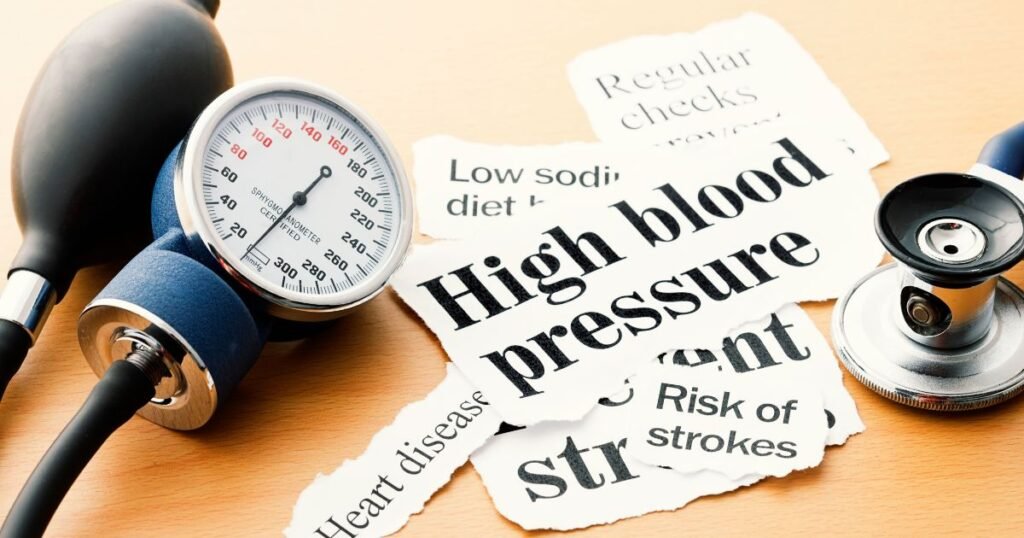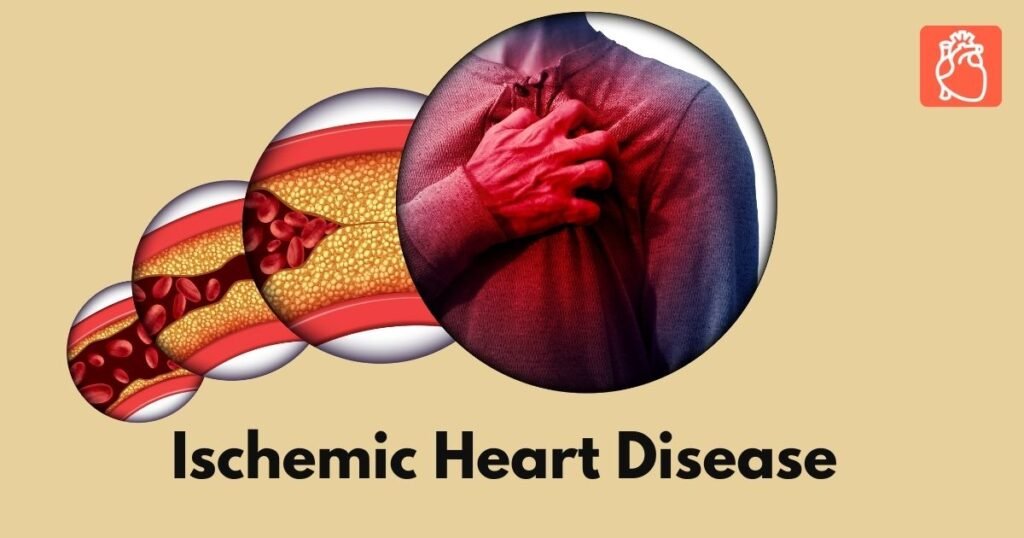High blood pressure, or hypertension, is one of the most common yet underestimated health conditions in the world. Often dubbed a “silent killer”, it shows little to no symptoms until significant damage has already occurred to vital organs such as the heart, kidneys, and brain.
Understanding the difference between Stage 1 and Stage 2 hypertension is essential for timely intervention and effective management.
Understanding Blood Pressure
How Blood Pressure Is Measured
Blood pressure (BP) is measured in millimeters of mercury (mmHg) and presented as two numbers — for example, 120/80 mmHg.
- Systolic pressure (the first number) represents the pressure when your heart contracts.
- Diastolic pressure (the second number) measures the pressure when your heart relaxes between beats.
Systolic vs. Diastolic Pressure
Both numbers are equally important. A rise in either indicates strain on the arteries, increasing the risk of stroke, heart attack, and kidney disease.
Classification of Hypertension (According to AHA)
| Category | Systolic (mmHg) | Diastolic (mmHg) |
|---|---|---|
| Normal | <120 | <80 |
| Elevated | 120–129 | <80 |
| Stage 1 Hypertension | 130–139 | 80–89 |
| Stage 2 Hypertension | ≥140 | ≥90 |
Difference Between Stage 1 and Stage 2 Hypertension
Blood Pressure Ranges
- Stage 1 Hypertension: Systolic 130–139 mmHg or Diastolic 80–89 mmHg
- Stage 2 Hypertension: Systolic ≥140 mmHg or Diastolic ≥90 mmHg
Severity of Symptoms
Stage 1 is often asymptomatic, whereas Stage 2 can cause headaches, chest pain, and shortness of breath due to more severe arterial damage.
Risk Factors and Complications
Stage 1 primarily raises the risk of cardiovascular disease if unmanaged, while Stage 2 can lead to heart failure, kidney failure, and stroke.
Impact on the Heart and Kidneys
In Stage 2, the heart works harder, causing thickening of the heart walls and gradual kidney damage due to high pressure in blood vessels.
Causes of Hypertension
Primary (Essential) Hypertension
This form has no identifiable cause and develops gradually due to genetics, poor diet, and lifestyle factors.
Secondary Hypertension
Caused by underlying health conditions like thyroid disorders, kidney disease, or hormonal imbalances, or by medications such as birth control pills or NSAIDs.
Symptoms of Hypertension
Hypertension often develops silently, but when symptoms appear, they may include:
- Frequent headaches
- Blurred vision
- Fatigue
- Chest discomfort
- Nosebleeds (in severe cases)
Diagnosis of Hypertension
Doctors use multiple readings over time to confirm high blood pressure.
1. Blood Pressure Monitoring
Measurements are taken during different visits.
2. Ambulatory BP Testing
Portable monitors track BP for 24 hours.
3. Medical History and Tests
Doctors may check cholesterol, kidney function, and blood sugar levels.
Stage 1 Hypertension: Details
Definition
Early stage of high blood pressure with mild risk.
Typical BP Range
130–139 / 80–89 mmHg.
Common Causes
- Sedentary lifestyle
- Excess salt intake
- Stress
- Obesity
Management
Stage 1 is often managed without medication. Doctors recommend:
- Regular exercise
- Low-sodium diet
- Weight loss
- Quitting smoking
Stage 2 Hypertension: Details
Definition
Advanced high blood pressure that demands medical treatment.
Typical BP Range
≥140 / ≥90 mmHg.
Serious Complications
If left untreated, it can cause:
- Stroke
- Heart attack
- Vision loss
- Kidney failure
Management
Medication is essential. Doctors may prescribe a combination of ACE inhibitors, diuretics, or calcium channel blockers. Regular monitoring and lifestyle adjustments are critical.
Lifestyle Modifications for Hypertension
1. Healthy Diet
Follow the DASH diet — rich in fruits, vegetables, whole grains, and low-fat dairy.
2. Exercise Regularly
At least 30 minutes of moderate activity daily.
3. Manage Stress
Meditation, yoga, or breathing exercises can help lower BP.
4. Avoid Alcohol and Smoking
Both increase heart rate and BP significantly.
Medications Used in Hypertension
ACE Inhibitors (e.g., Lisinopril)
Relax blood vessels and improve blood flow.
Beta Blockers (e.g., Metoprolol)
Reduce heart rate and workload.
Diuretics (e.g., Hydrochlorothiazide)
Help remove excess salt and water.
Calcium Channel Blockers (e.g., Amlodipine)
Prevent calcium from entering heart cells, relaxing arteries.
Monitoring and Follow-Up
Regular checkups help doctors assess treatment effectiveness.
- Home monitoring devices can track daily BP levels.
- Keep a BP diary and share readings with your doctor.
When to Seek Emergency Medical Help
Seek immediate care if you experience:
- Chest pain
- Sudden vision changes
- Severe headache
- Confusion or dizziness
These may signal a hypertensive crisis (BP ≥180/120 mmHg), which requires urgent hospital care.
Prevention of Hypertension
Early Screening
Check your BP every 6–12 months.
Healthy Lifestyle
Maintain weight, reduce salt, and stay active.
Family Awareness
If hypertension runs in your family, monitor BP more often.
Conclusion
Understanding the difference between Stage 1 and Stage 2 hypertension is crucial for prevention and management. While Stage 1 can often be managed with lifestyle changes, Stage 2 requires prompt medical treatment. Consistent monitoring, healthy habits, and doctor consultations can keep your heart and blood pressure in check.
FAQs
1. Can Stage 1 Hypertension Be Reversed?
Yes, with lifestyle modifications such as diet, exercise, and stress management.
2. What Happens If Stage 2 Hypertension Is Left Untreated?
It can lead to life-threatening conditions like stroke, heart attack, and kidney damage.
3. Which Foods Help Control Blood Pressure?
Bananas, spinach, oats, beets, and low-fat dairy are beneficial.
4. How Often Should I Check My BP?
If you have hypertension, check it at least twice a week or as advised by your doctor.
5. Can Stress Alone Cause High Blood Pressure?
Chronic stress can contribute to temporary spikes that may lead to long-term hypertension.


